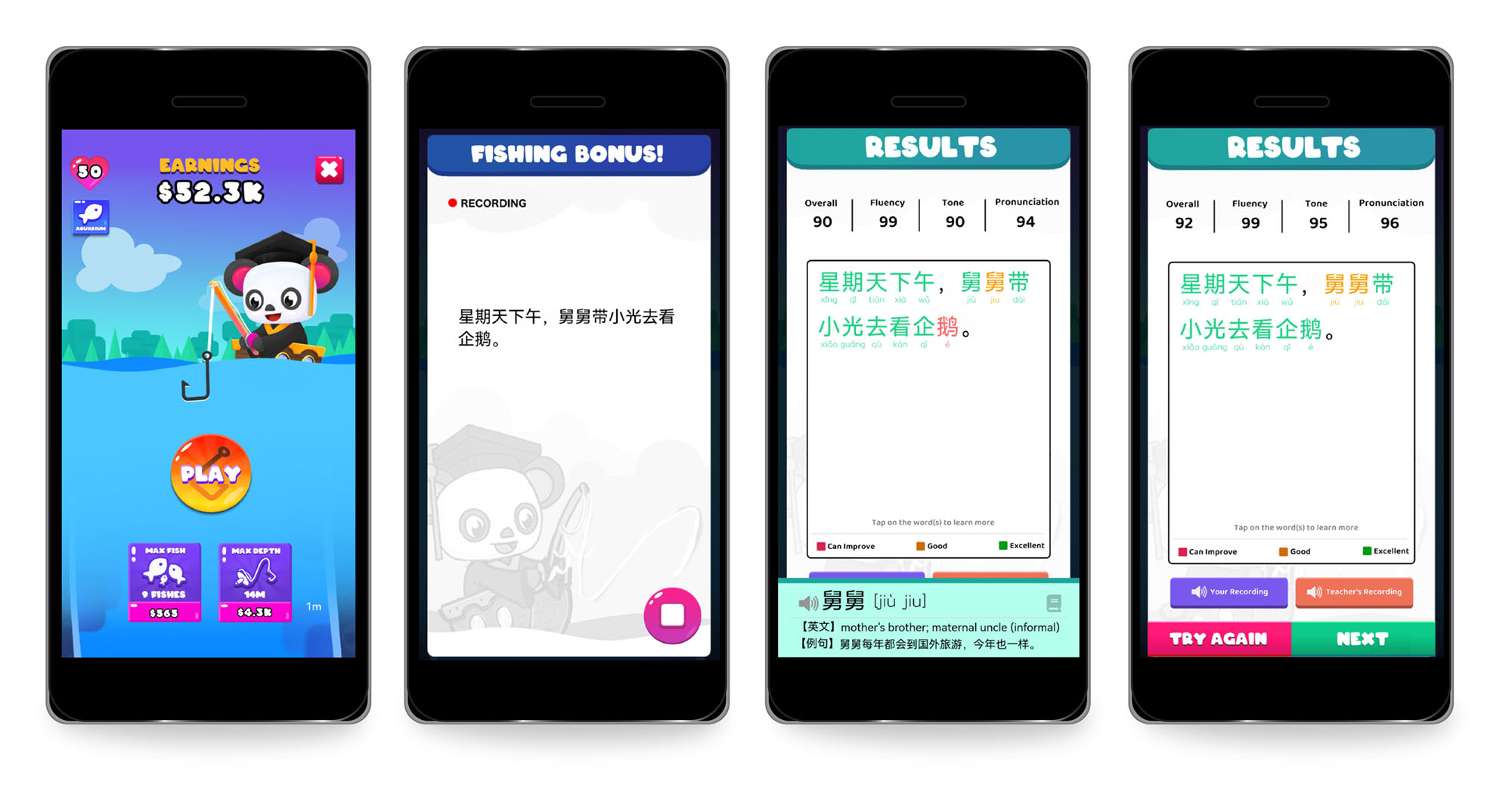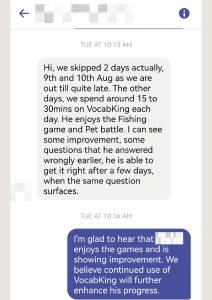Does your child dislike speaking Chinese? Does he or she struggle with reading comprehension passages or recognising words?
You aren’t alone as this is extremely common for children who speak primarily English at home. As many Singaporean families can attest to, when children have limited exposure to a second language at home, they become reluctant to speak and use it.
Did you know? In 2000, only 30% of kids spoke mainly English at home vs a whopping 80+% right now. In fact, our Education Minister directly talked about this last year.
“Many parents value the importance of bilingualism but struggle to create conducive environments for their children to develop bilingual capabilities.” – Education Minister Chan Chun Sing
Don’t Let a Weak Foundation Hold Your Child Back
A very common concern we hear from parents is “My child’s Chinese foundation is weak, and he/she struggles with reading Chinese words.”
Parents already send their children to enrichment classes or tuition, but why do they still see limited progress? Because tuition and enrichment tend to only focus on your child’s current level due to lack of time.
Why is this a problem? If a child has forgotten many words from previous levels, enrichment classes that focus on his or her current level will likely lead to limited improvement.
Many students put all their effort on their current syllabus while barely reading the textbook from their previous levels. But if your child underperforms consistently in Chinese exams despite putting in effort, unaddressed fundamental knowledge gaps are usually the hidden culprit.
Why Phonics Won’t Work for Chinese Reading?
Imagine if a child has never seen or read the English word “Accident” before but has heard the word being used before. If he were to see it for the first time in a passage, he could sound it out, and know what it means using phonics.
Chinese, on the other hand, is made up of logograms – symbols to represent meanings rather than sounds. Let’s say your P4 child encounters an unknown or forgotten word like “篇” (P3) – if he cannot recognise the word, he cannot sound it out or understand it.
That’s why recognition of characters is so important for reading Chinese.
Rebuild Your Child’s Chinese Foundation: Starting with Essential Lower Primary Vocabulary
If your child has trouble reading characters from previous levels, the low-hanging fruit is to go back to your lower primary textbooks and start revising. Which level to start from depends on how well your child is doing.
For every chapter, go through the core vocab list (识读字) and make sure your child can recognise and understand the key vocab for each chapter (单字和词语). Once they are done with all the chapters, then move on to the next level.
You might be wondering: if my child is in P4 or P5 or P6. Why should I bother with the lower primary?
Vocab from lower primary appears extremely frequently in comprehension and cloze passage, and it’s thus important to make your child master them.

Learning Chinese builds heavily upon the previous levels, and a sentence that appears in a P6 paper might only include 1-2 words that are actually “from P6”, with the majority of the words from previous levels.
It doesn’t take very long to go through lower primary content since it tend to be short and easy. Time is Money, But Revisiting Lower Primary Vocab Saves Time in the Long Run.
Bonus Tips: How Reading Aloud Sentences Boost Comprehension and Usage?
It’s not enough to just revise individual vocab. A common problem students have is they might know the meaning of a word/phrase, but they don’t actually know what it means in a sentence. Or how to use it.
Let’s say your child goes through Chapter 1 from the P3A textbook and revises “军人” and “保卫”. If he/she just remembers the meaning and moves on, they might not remember for long.
But if your child then reads the accompanying sentences out loud, he/she remembers the words much better and learns how to use the vocab in sentences.
In addition, since the textbook sentences tend to comprise words from previous chapters, your child is revising other keywords at the same time. And practicing for Oral too!
Talk about killing multiple birds with one stone!
Pro-tip: don’t skip reading aloud. The act of saying it out loud is what helps your child remember better, and is significantly better than silent reading.

How to Make Speaking Chinese Fun for Your Reluctant Child
“But what if my child refuses to speak Chinese?” Let’s face it: the typical Singaporean child hates to speak Chinese. But we found something interesting – when we make speaking Chinese a game, students are actually willing to speak!
In our latest oral fishing game, your child reads sentences inspired by the textbook, and our AI engine grades his or her pronunciation and fluency. Words are color-coded so you can instantly see what your child needs help with and click on forgotten words to show its pinyin & meaning.

And the better your child speaks, the better the fish he or she catches, which motivates students to speak better!

Did you know: A 2021 study in the Journal of Educational Psychology revealed vocabulary words learned through gamified activities had 15-20% higher recall and retention. Check out one of the feedback from our happy parents on the game:


Reinforce Your Child’s Chinese Foundation for Long-Term Success – Start Today!
Every child, regardless of their current level, can benefit from building a strong Chinese foundation. This foundation goes beyond school exams and empowers them to navigate the language confidently in the long term.
Embrace a fun and engaging Chinese learning journey with VocabKing’s free 7-day trial. Click here to start your free trial or contact us now at +65 9820 7272 for more information!



No responses yet